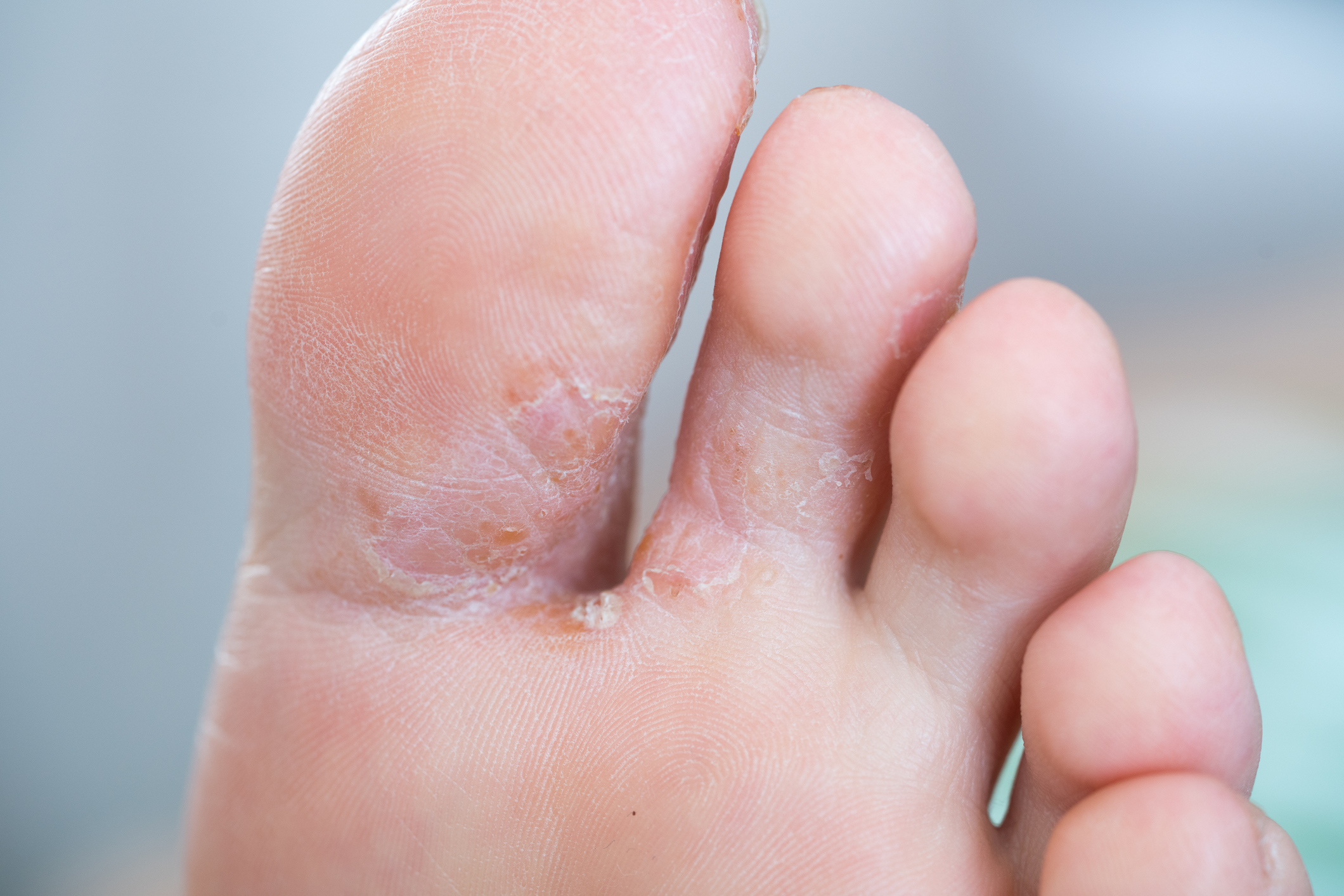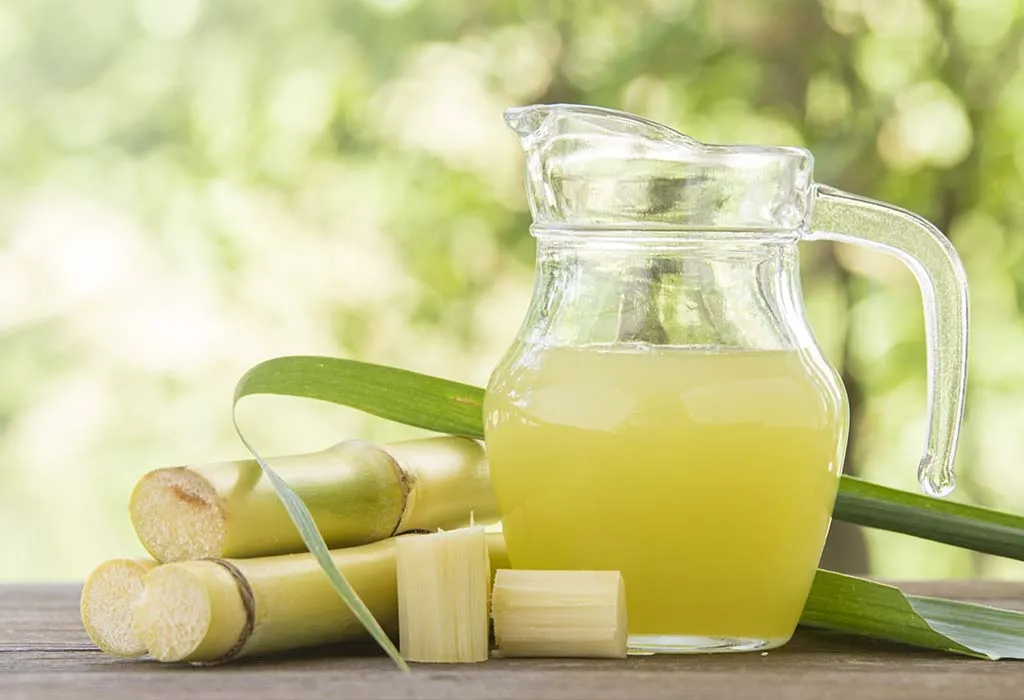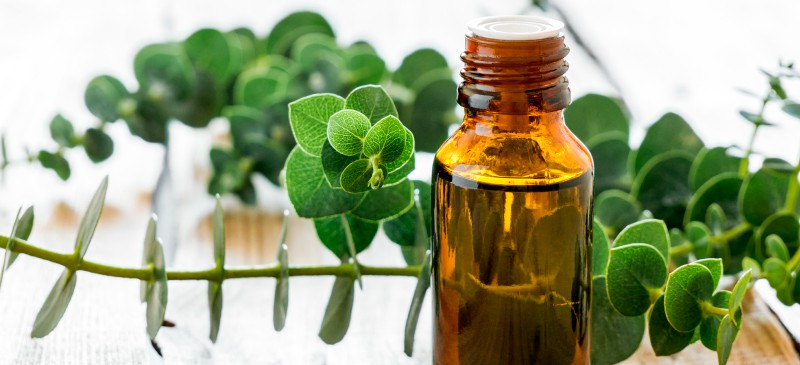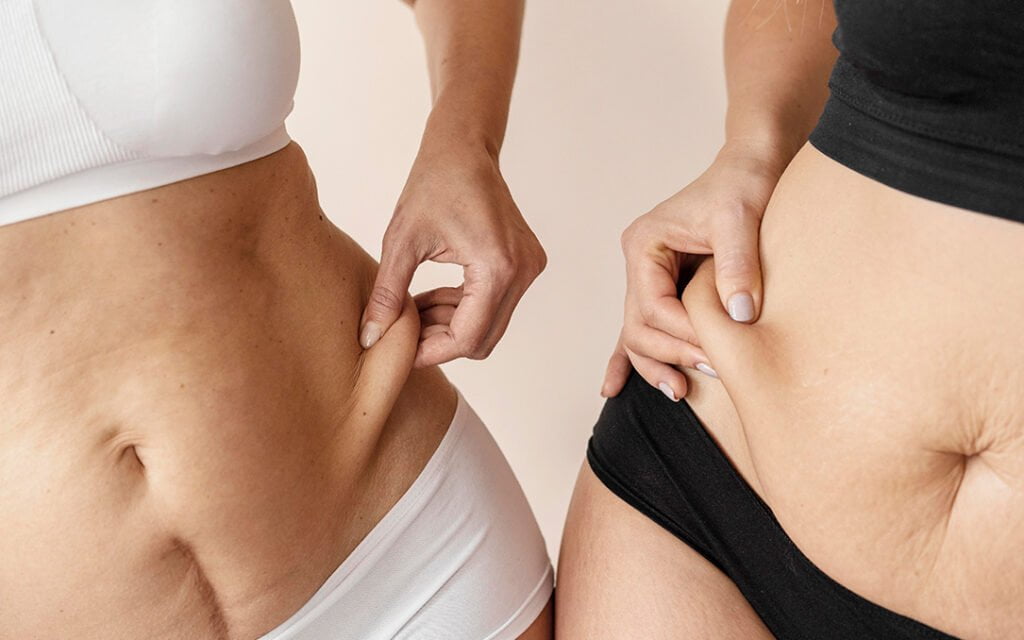Natural Remedies for Athlete’s Foot
Acute or chronic athlete’s foot is caused by one or more fungi (parasitic fungi) which are spread by walking barefoot on the floors that have been contaminated or surrounding pools, showers and other public places.
This post is focusing on the symptoms, causes and natural remedies for chronic athlete’s foot.
Athlete’s foot (tinea pedis) usually starts between the toes and as a fungal skin infection, it is common with people whose feet are somewhat sweaty especially when confined to shoes that are tight-fitting.
It is usually noticed when there’s scaly rash or when it seems itchy and in essence, it is quite contagious. As stated earlier, it could have its ways through contaminated floors, clothing or towel. It can be synonymous to ringworm and can be treated with the use of antifungal medications. However, infection seems to be back quite often and here’s where this topic comes in “chronic athlete’s foot”.
Symptoms and Causes
When it manifests, it tends to affect both feet. The following are some of the common signs and symptoms:
- Blisters or cracks on the skin of the foot
- Burning, itching
- Inflammation of the affected area of the skin and appears reddish, or even gray. It depends on the skin color
- Dry skin that’s scaly
- Pain may occur as the blisters or cracks soften, turn white and often peels off in flakes.
Causes of athlete’s foot
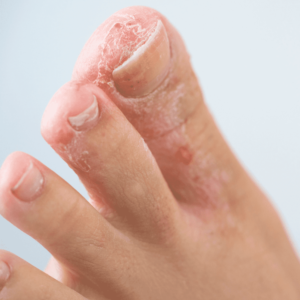
A type of fungi called dermatophytes which is the same type of fungi that causes ringworm and jock itch. Other things that favor this disease are damp socks, shoes and warm conditions.
It is noteworthy that fungi infections are quite difficult to get rid of than bacterial ones. Conditions that lead to keeping the feet both warm and moist favor this ailment.
Scratching the sore on the floor helps in spreading this disease especially under the nails, hands and other body parts.
Risk factors
- Sweating heavy
- Walking barefoot in public areas
- Wearing of enclosed footwear quite often
- Sharing of properties such as mats, rugs, clothes or shoes with individual who already has the fungal infection.
Natural Remedies for Chronic Athlete’s Foot
The following are some of the tips to put into consideration.
Prevention
- Eat a nourishing diet, including lots of fresh fruits and vegetables.
- Obtain vitamins A, B complex and C
- Eat whole grains, nuts and legumes
- Avoid meats, cola drinks, caffeine, fried foods and sugary foods
- Keep Shoes and Socks clean
- Always keep your feet dry: dry carefully after bathing
- Wear cotton socks and change them twice a day
- Wear shoes that don’t make your feet sweat. E.g. leather shoes
- Avoid rubber shoes
- Don’t wear plastic or rubber shoes. This is because they create a warm, moist place fungi to spread and this may even lead to chronic athlete’s foot.
- Don’t wear the same shoes 2 days in a row.
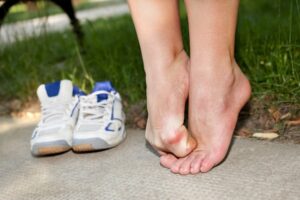
In order to keep the feet, change your socks 3-4 times a day.
Boil socks so as to kill the germs. Rinse well after washing them
Fungi hates sunlight and to get best of it, leave the feet uncovered and even when chronic athlete’s foot occurs, try walking barefoot outside in the sunlight.
- Place your shoes in the sunlight to have ultraviolet light kill the fungus.
- Do not walk barefoot around the house or in public areas
- Herbs to Use for Chronic Athlete’s foot
Garlic is better than antifungal drugs. To prepare this, cut them into tiny pieces and for several days, put some pieces in the closed toe of your shoes. Antifungal herbs include:
- Licorice
- Garlic
- Chamomile
- Echinacea
- Goldenseal
- Astragalus
- Turmeric oil
How to Apply
 Apply plantain and tea tree oil to the affected regions
Apply plantain and tea tree oil to the affected regions
Add 20 drops of tea tree oil to a small tub of water. Soak your feet in it for 20 minutes, 3 times on a daily. After drying the feet apply tea tree oil.
Apply lemon juice 1 to 2 times every day
Use crushed juniper berries and also garlic with some oil and apply to the affected areas
You may coat the affected area with aloe vera gel or onion juice or vitamin E oil
Once a day try doing this:
- Soak your feet in a herb tea foot-bath of thyme, goldenseal or chamomile tea.
You can also bath your feet daily in 50-50 vinegar and water. After dry, apply a vegetable oil to the affected areas.
It is important to not apply the above mentioned in an overly manner in order to avoid rashes breaking out. When pain occur, use cold compresses on the affected area.
YOU MAY LIKE THE FOLLOWING:
Benefits of Eating Strawberries

A graduate of Computer Science and Information Management Technology. Diploma – Caregiving, Certificates – Dementia and Diabetes Awareness and Management. A researcher, blogger, songwriter, singer and acoustic guitarist. Born in an environment where natural talents such as healing are imparted at our natural birth. This natural talents of healing is the result of our genetic inheritance and the training from family environment.







